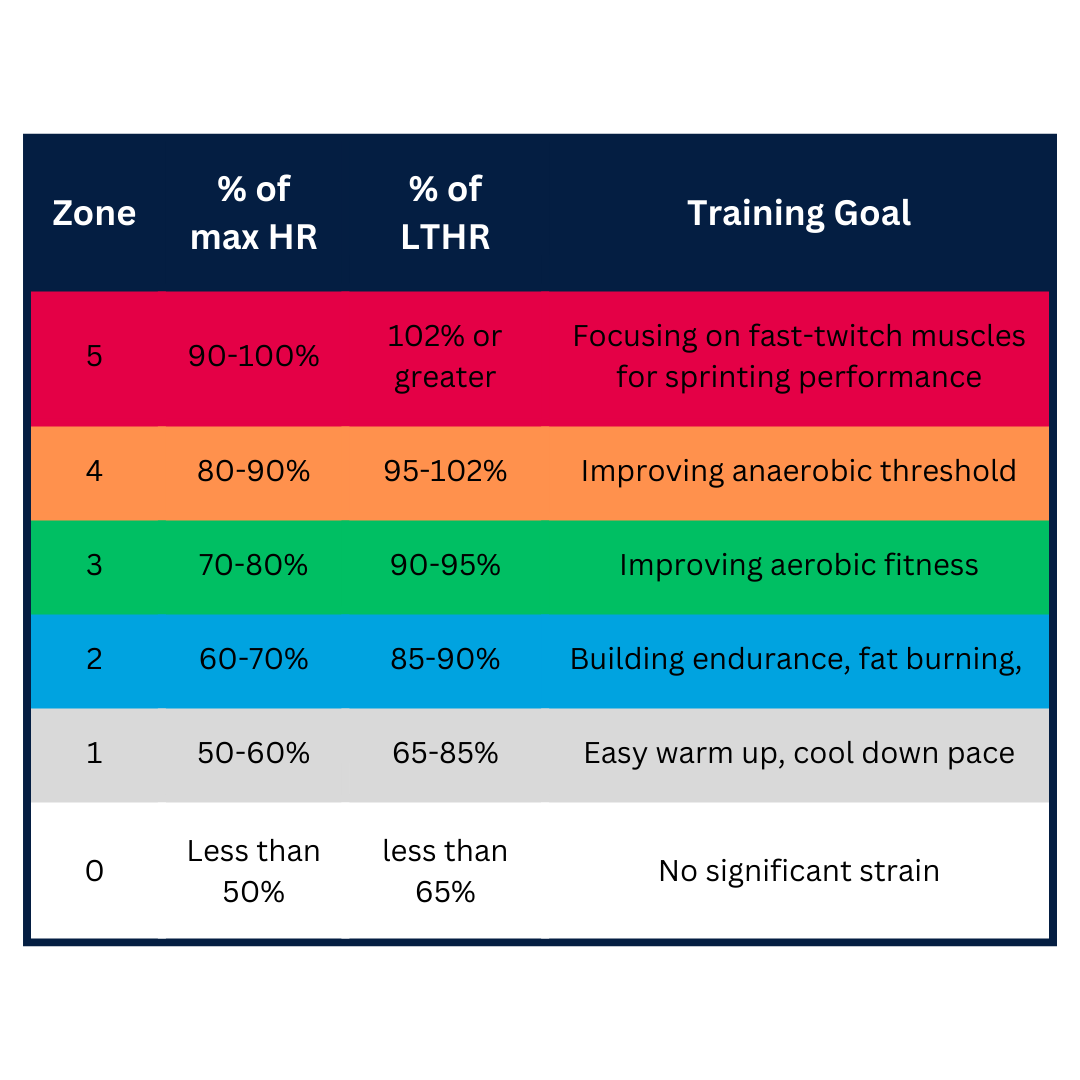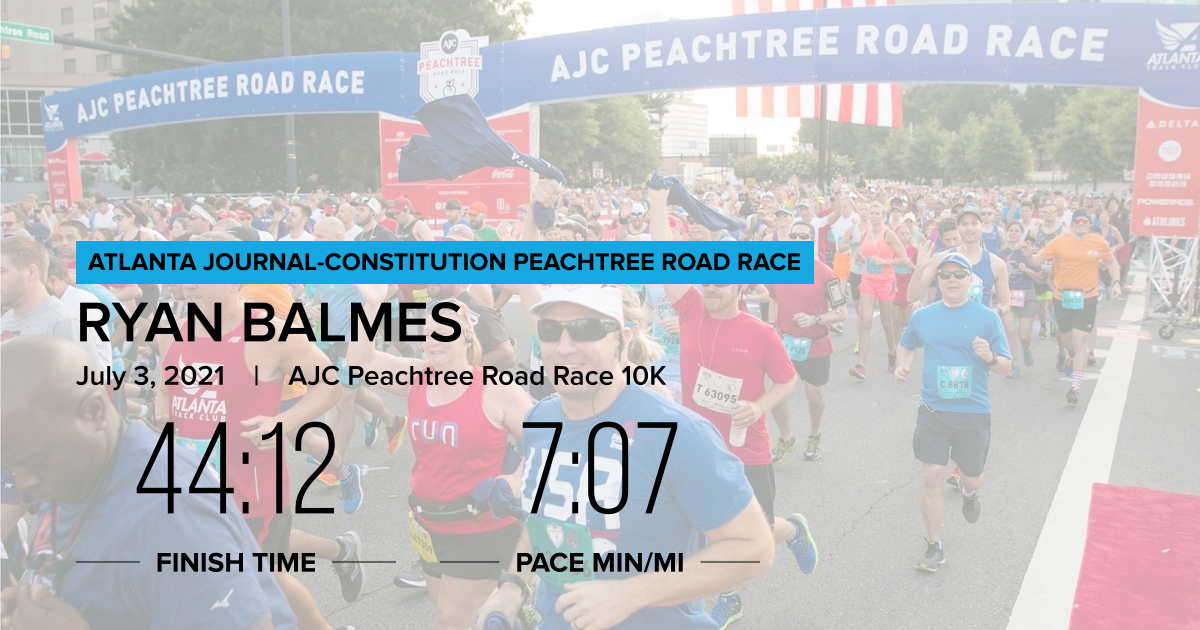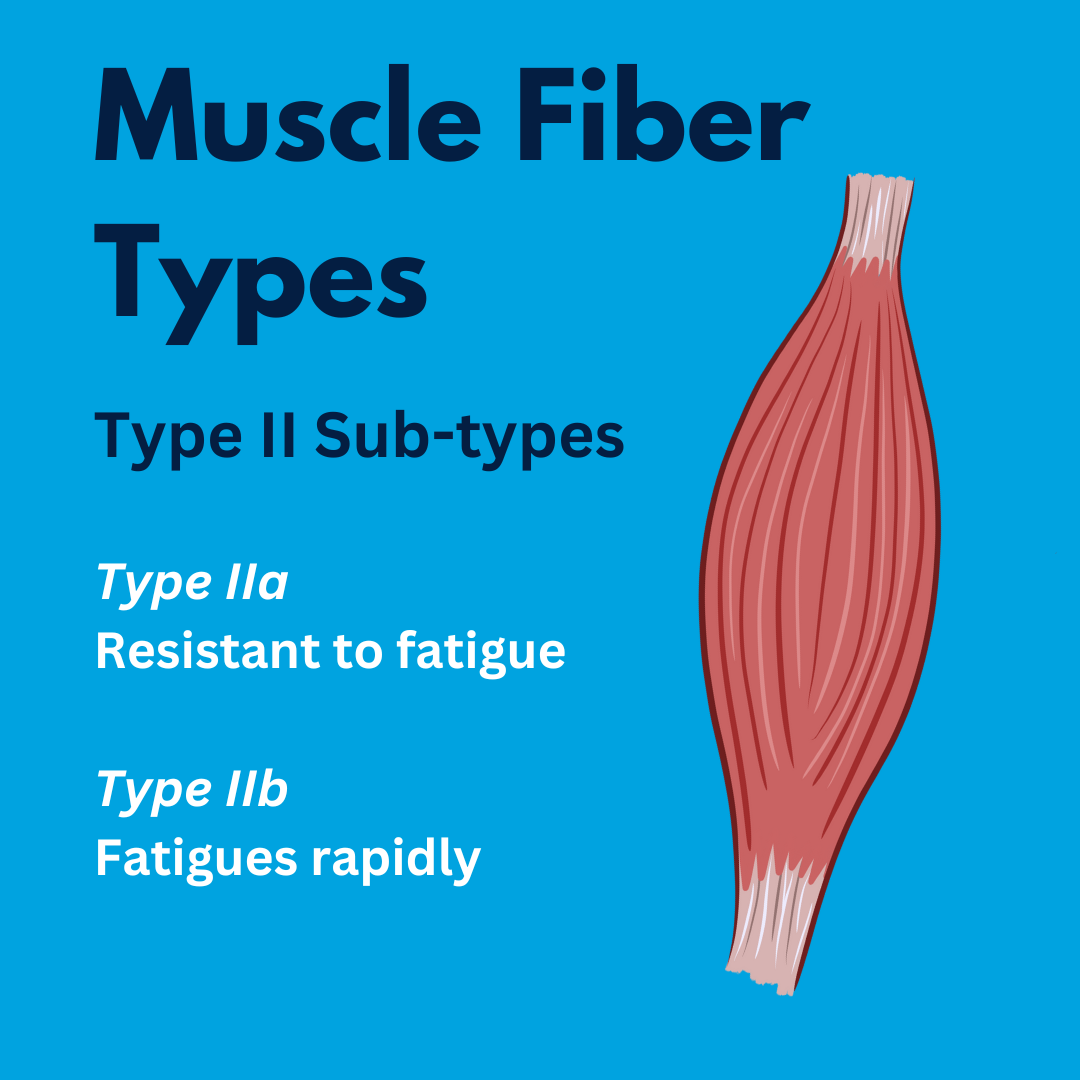How to PR your next race (part 2)

First off, thank you for everyone that are new subscribers to Grit Run Club. Your support truly means the world to me. I am strong believer that running is one of the best ways to live a healthier life. This is my way of making the world a healthier and better place.
Okay, let's get into part two!
Train easy, and train hard.

The common mistake with long-distance running is the belief that to run a fast race, you have to do fast training runs all the time.
This is another way to go into overtraining. Again, you want to avoid this altogether.
So is it possible to run your fastest race running fast all the time during training? A slim possibility, but at what cost? How many injuries do you need to accumulate and bear through training and even during a race?
You may be guilty of this way of training. You get hurt along the way, only to keep pushing through, wearing pain like a badge of honor.

I want you to know that there’s a better way.
You need to incorporate easy paced running into your training.
Easy paced running is best defined as running at an intensity that elicits a heart rate response to zone 2. This can be measured with any fitness tracker while running.

The benefits of easy paced running is that it builds the aerobic engine in your body, avoids overtraining, and compliments the other energy system responsible for high intensity running at race pace.
A typical training program for someone running four days a week would look like this:
Day 1 - 40 minutes, zone 2
Day 2 - 20 minutes zone 2, 6x3min critical velocity pace with 1 minute recovery jog, 20 minutes cool-down zone 2 pace
Day 3 - 40 minutes, zone 2, 10x20s strides after
Day 4 - 60 minutes, zone 2 long-run
I program at least once intense training run during a week, joined by easier paced runs. This approach builds aerobic capacity and fine tunes the energy system responsible for higher intensity runs. Doing this will help you avoid overtraining.
Even the great Kipchoge runs easy.
The amount of training volume in zone 2 running will be significantly more than running at faster paces. Getting a strong and well-trained aerobic foundation is vital to support your race pace efforts.
Below are examples of training methods. Having a high volume of easy paced running, with an appropriate volume of higher intensity training is best shown as the Polarized model (F).

So you’re training easy. But you also have to train hard.
I’ve found success applying the critical velocity concept, championed by Dr. Tom “Tinman” Schawartz. My coaching clients have also succeeded in running their PR using this training approach.

Let's get nerdy into some muscle physiology.
There are two types of muscle fibers in our body, type I are slow twitch, and type II are fast twitch. (These muscles are not slow and fast in a literal sense, but in how they process energy).


Well to make things even more interesting, there are type II subtypes! Type IIa are more resistant to fatigue, while type IIb fibers fatigue faster.
Critical velocity training improves the capacity for type IIa expression during running. With improved type IIa muscle fiber activation, the runner gets the best of both worlds - the long endurance nature of type I with the power of type II.
Going back to our previous training week example, you can start incorporating critical velocity training with 6x 3 min CV intervals with 1min recovery jogs:
Warm-up, 20 minutes, zone 2
6x 3min CV intervals (5k pace+10-20s) with 1min recovery jogs
Cool-down, 20 minutes, zone 2
Critical velocity training will adapt your body to run fast for longer periods of time. This is how you run your fastest race ever.
Race day vibes - trust your training

There are many ways to approach your training mentally. I’ve always gone with this simple approach:
Trust your training. Celebrate and enjoy the run.
Race day is your one moment to push your body to the limit. When you trust your training, you trust that your body and mind will make it through the race. You have already done most, if not all, of the hard work. You will be ready to take on any discomfort or challenge the race gives you, because you have already challenged yourself through similar obstacles in the 3+ months of training behind you.
Run your race, and you'll be crossing the finish line with a new personal record.
Thank you for reading!
Please reply back to this email if you have any questions or thoughts. I read all the emails and answer each one myself.
If you know of any runners who need this guide, simply forward this email.
Happy running out there,
Ryan




